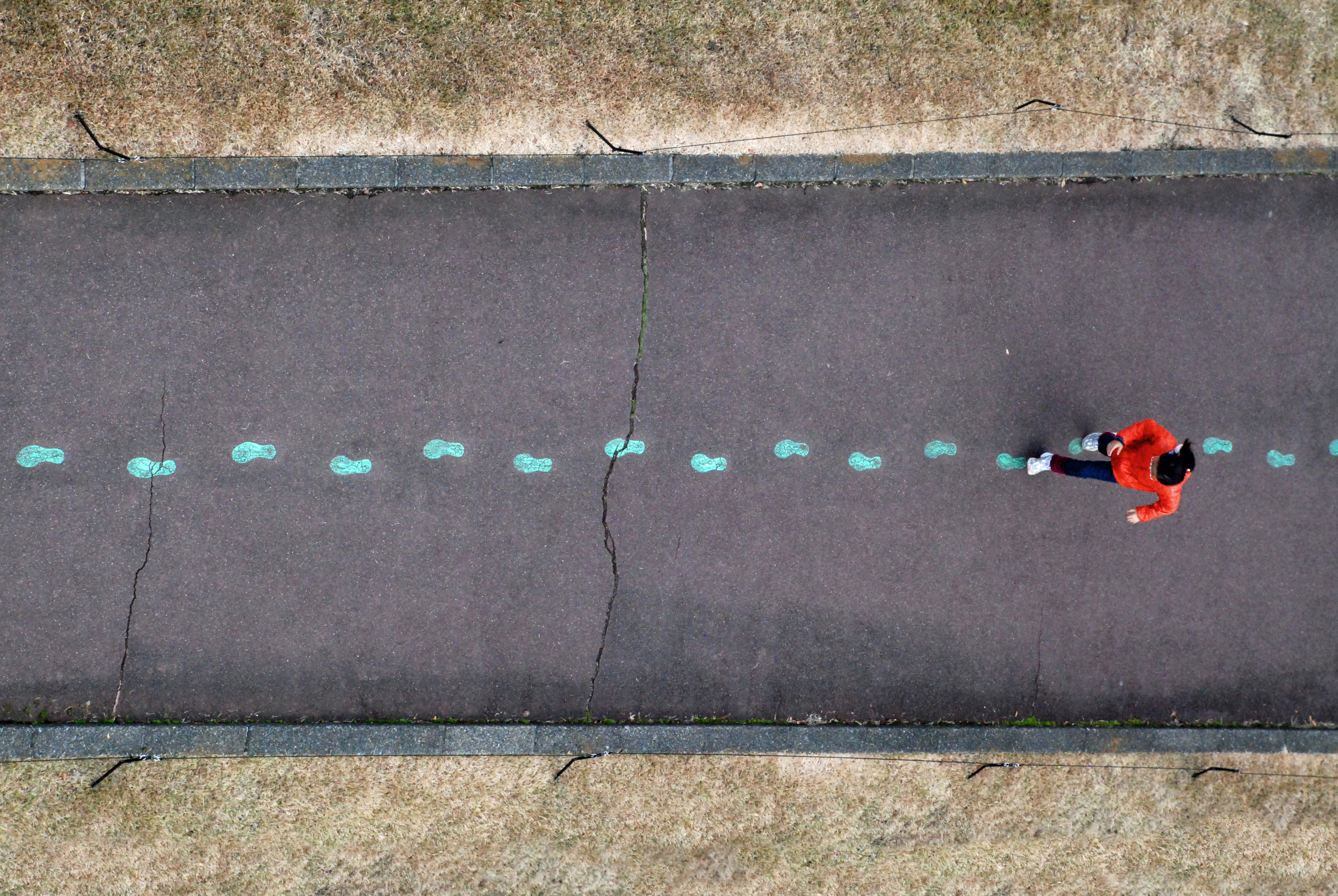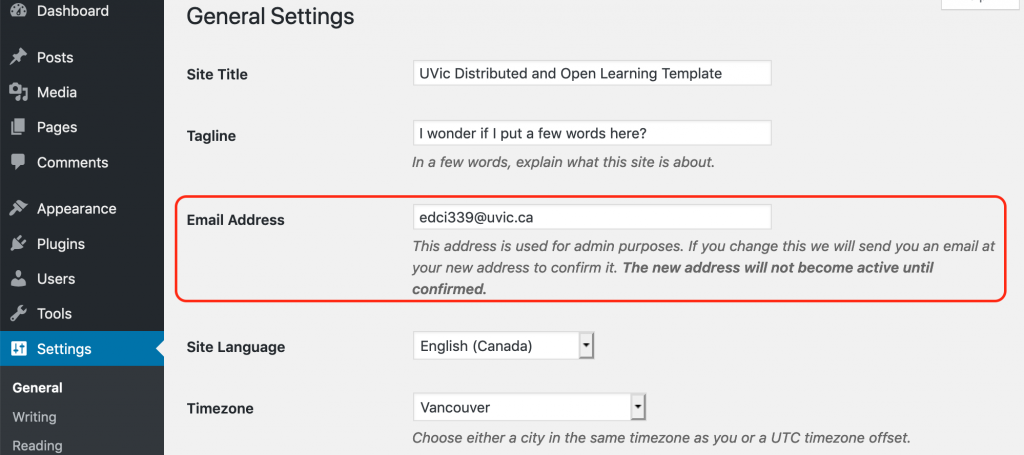The ability to adapt to new technologies can be considered integral if one plans to succeed in the future. This is based on the grounds that everything today is affected by technology –particularly education. In other words, educators shall know how to effectively incorporate technology in education. The use of technology in education can be related to Open Pedagogy. Open Pedagogy is a teaching approach that considers autonomy and interdependence; freedom and responsibility; and democracy and participation as its values (DeRosa & Jhangiani, 2017). Reading the DeRosa and Jhangiani’s (2017) article on Open Pedagogy inspired me to approach teaching in a more empowering and collaborative manner because it enables student’s autonomy.
Teachers can apply the concept of Open Pedagogy and enable their students to be autonomous through building Open Education Resources (OERs) with their students (DeRosa & Jhangiani, 2017). Even if the students have not mastered the content of the course like their teachers have, the students have the capacity to come up with fresh perspective on the content. If the students can provide their own ideas about the course content, then their insights can be considered as valuable OERs. Moreover, I also personally believe that if teachers build OERs with their students, the teachers will also have the opportunity to learn as well. If the students and teachers learn from each other then, they would be able to develop a positive and healthy relationship.
Nevertheless, since the students have the freedom to conduct research on their own, the next question is: “How can the education sector assure that the internet is a safe learning space?” In the article written by Chris Gilliard (2016), he mentioned that there are some schools that filtered out sensitive contents. However, even if the act of censorship had a good intention, then it can lead to some problematic situations. For instance, when a certain institution filtered out sensitive topics like sexual predation among women, students will not be able to have access to various resources related to this topic. If this is going to be the case, then the school is short-changing the learning experience of the students.
With regard to the issue of filtering out sensitive contents, I am wondering if it is possible for the educational institutions to support the students’ academic freedom while maintaining their privacy and security when using the internet. At first, I thought that the best solution is to not filter anything at all and believe that the students are mature enough to handle sensitive topics. However, what if the students accessed a site that will collect all their private data? The privacy concerns in the digitization of education only shows that in addition to proper teaching philosophies and strategies, teachers should also watch out for the student’s safety.
References
DeRosa, R., & Jhangiani, R. W. (2017). Open pedagogy. In Guide to making open textbooks with students. Retrieved from https://press.rebus.community/makingopentextbookswithstudents/chapter/open-pedagogy/
Gilliard, C. (2016, May 24). Digital Redlining, access, and privacy. Retrieved from https://www.commonsense.org/education/articles/digital-redlining-access-and-privacy

